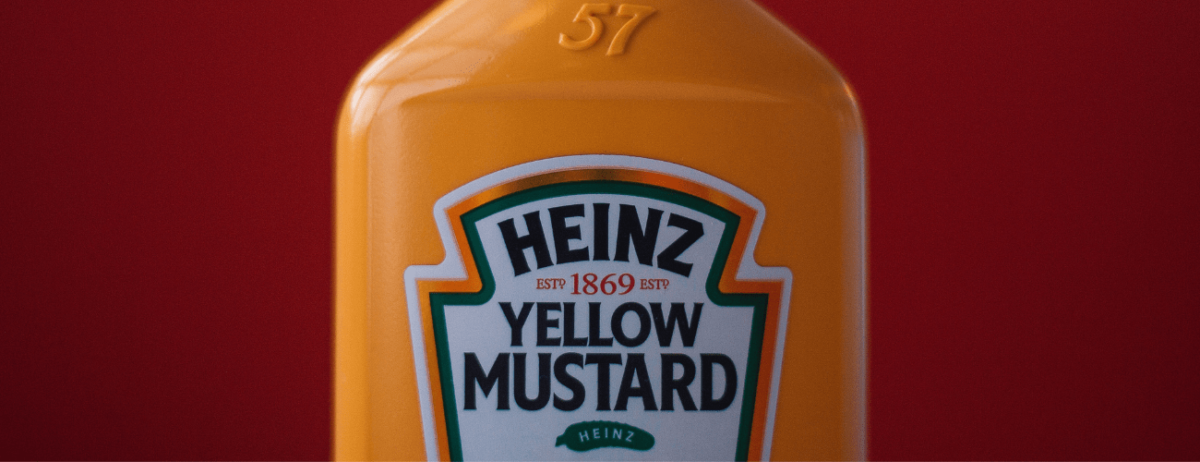In business, fame is as essential as the quality of your products. Branding is a crucial step when starting any business, but most entrepreneurs struggle to rise to the occasion.
For Mark Cuban – the owner of the Dallas Mavericks and renowned investor and member of the famous business-driven show Shark Tank – entrepreneurs should ‘focus on building the best possible business. If you are great, people will notice, and opportunities will appear.’ It’s not what the brand does for your business, but what your company can do for your brand.
What Is Branding?
To help you create the perfect branding strategy for your company, we must first understand what branding is. In layman’s terms, your brand is your identity. Branding your company means creating a personality for your business.
It is the promise you give to your clients on the quality and information of your services or products. Your brand should come from who you are, who you want to be, and how you want your customers to view your company.
Why is branding important?
Branding your company is vital because it allows your customers to identify you from your competitors. Your brand helps create a memorable experience between you and your consumers that develops into a relationship. Building a strong brand will eventually grow from being representatives of your company to the identity of a person’s status and lifestyle.

Tips for building your brand
Before you can start establishing your branding strategy, you first need to create your brand. One of the best planning techniques that have been proven effective in the business industry is SMART planning. This planning weighs each objective clearly to the best possible outcome.
Specific
You have to be specific in what you want to build a brand well-suited for your company. Determining your business’s mission or why it exists can serve as your branding groundwork or concept. Knowing what kind of products or features of your company you want to showcase can give you the general idea of how you want your logo to appear. Using qualities that you want your consumers to associate your brand with will determine the message you wish your target market to receive when looking at your brand.
Measurable
The objectives or goals you want your brand to achieve should be measurable to determine whether the brand you’ve created is successful or not. This planning aspect is not limited to the brand you’ve developed, but it includes the branding strategy you want to implement to support the brand. Your branding strategy is the marketing strategy for your brand in general. It involves your advertisements, distribution channels, and communication content that focuses on your brand.
Attainable
The branding strategy you want to implement should be realistic; otherwise, it would increase the risk of failure. It should include the ‘4 Ws and 1 H’ policy in writing; who, what, when, where, and how, to give you a clearer picture of the branding strategy you want to employ. Do not be scared to dream small when starting, connecting with your audience requires hard work and patience. Always remember that a thousand-mile journey begins with a single step.
Relevant
The components of your brand should directly correlate to your company. Using unrelated symbols or features can confuse your target audience and potentially lose the purpose of your brand. This aspect of SMART planning should also apply to your branding strategy.
Time-bound
In addition to your general objectives being measurable and realistic, these should also be time-bounded, especially your branding strategy. It will help you develop a well-designed brand with an effective marketing strategy to create the ideal relationship you want with your target customers.
Develop your branding guide
Once you’ve determined the components you want, from the features, keywords, and the like, the next step is to incorporate your brand into different platforms. Making a branding guide will help you and your staff maintain consistency among all materials or platforms.
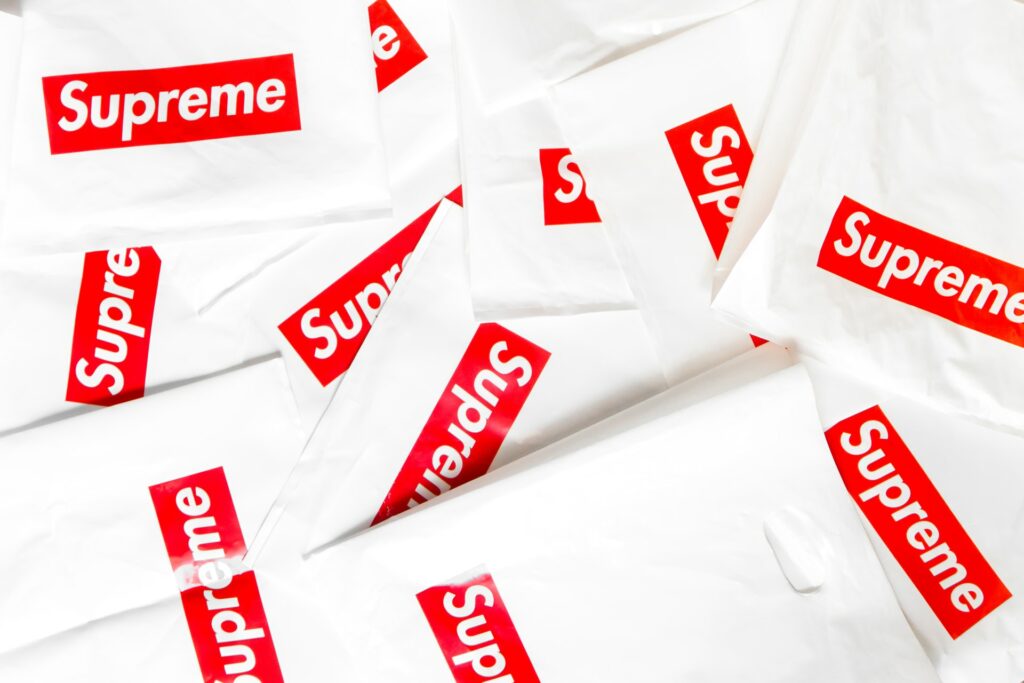
As the name suggests, your branding guide is your guideline when placing your brand across different materials. There may come a time that you will have to alter the image of your brand to suit different platforms without completely changing it. It’s times like this that your branding guide will help you maintain the consistency of your branding.
Brand colors

Your brand colors represent the core colors of your company. Using the right colors will increase your brand impact and will be easily recognized by your customers. A great way to decide which colors to use is by learning the meaning behind each color.
By understanding each color, you can improve your brand’s look while adequately conveying the message you want to your target audience. Although their meanings are important, always make sure that each color complements each other along with the design to secure visual effectivity.
Fonts and typefaces

Like your brand colors, the font and typeface you use will directly affect your visual branding quality. Before applying them, understanding what they are will help you in choosing. Generally, fonts and typefaces are different. Typefaces are the family of fonts (i.e., Times New Roman, Arial, Comic Sans). In contrast, fonts are the width, size, and style associated with the typeface (i.e., Italic, Bold, Underline).
The fonts and typefaces you plan to use should go well with the colors you’ve chosen. Remembering the essence of your brand will help you in selecting the right fonts or typeface. Knowing the right mixtures of fonts and typefaces can send different messages when applying them to your branding strategy. To make sure you’re using the right variety, always keep in mind the message you want your target audience to receive.
Branding errors you need to avoid
When building brands, mistakes are natural. Branding mistakes happen because of common misconceptions and the need for the best brand, which can result in becoming too much. To avoid branding mistakes, listed below are the most common errors you may come across when branding.
Design inconsistency

Creating the best brand tends to be hard work, especially when applying your branding strategy. Your customers may see your brand as unreliable and unorganized if you’re not careful. Each element, regardless of the change for different materials, should be uniform.
Having inconsistencies can also negatively affect your visual branding, where your customers may confuse your brand of something else. Making a useful branding guide will help you avoid this branding mistake.
Mimicry
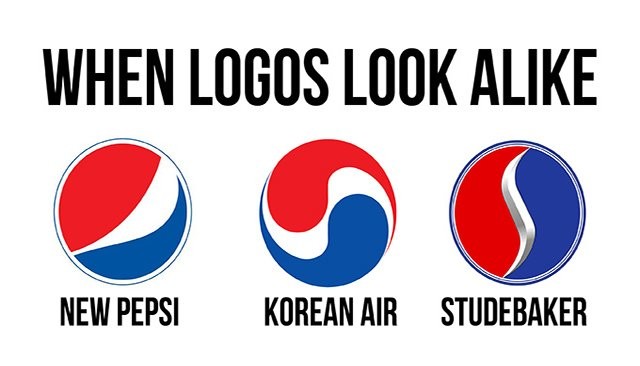
When brainstorming for the perfect brand, it’s reasonable to get inspiration from other existing brands. Because of this, creators tend to make other brands a basis when making their own that can lead to copying or unoriginality and can potentially cost you your customer’s trust. It can also cause you some legal trouble. There are millions of brands in the market but always strive for uniqueness and originality, even if it seems referential.
Target audience
Wanting to have a broad target audience in designing brands is good but only at the developing stage. Capturing a broad scope of people can increase your reach and sales, but only a few companies have successfully taken advantage of the entire demographic. As mentioned earlier, don’t be afraid to dream small when starting. Focusing on your niche when starting will help you develop your brand before branching out to a broader demographic.
Read More: How to Build A Branding Strategy
Logo dependent
Developing your visual branding is not all there is when it comes to branding. It is only the first step in the long journey of your branding strategy. The logo is only a part of your brand; your branding strategy will play an essential role in developing robust and effective branding for your company.
Brands That Stood the Test of Time
To give you concrete examples of companies with strong branding, here are some establishments that have become well-known thanks to their effective branding.
Tiffany & Co.
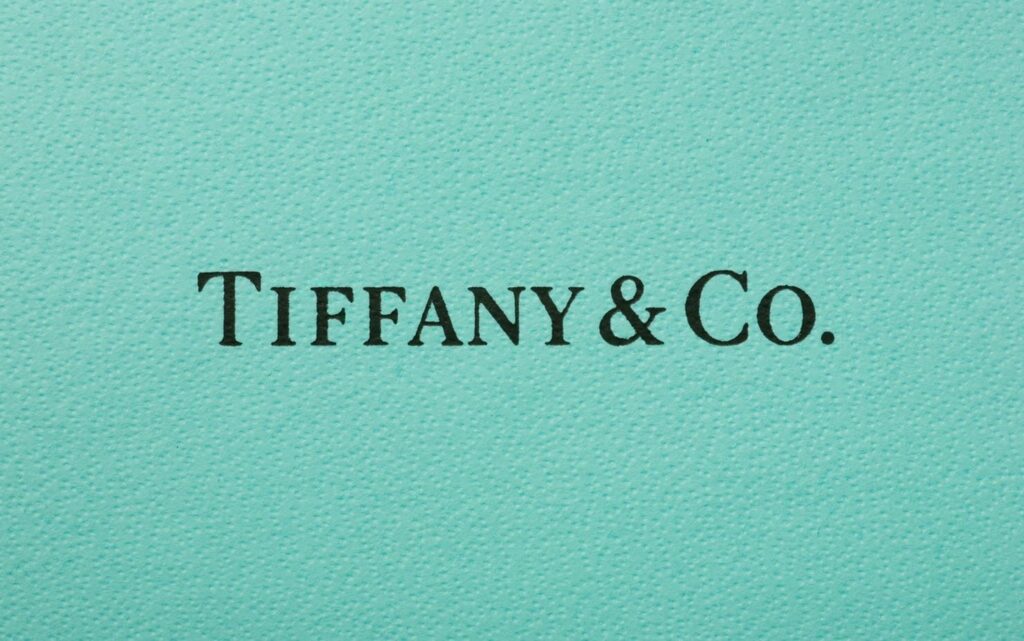
Tiffany & Co. has been the leading luxury jewelry company with fashionable designs that has existed since the 1800s. Their simple yet powerful brand comes from their success in surviving many hardships since their early beginnings. Their visual branding relies on a clean background with their company name at the center.
The freshness of their design correlates to the luxurious quality of their products. Like other companies with a simple layout such as Apple and Google, Tiffany & Co. sells not only their product but also their brand.
Stella Artois
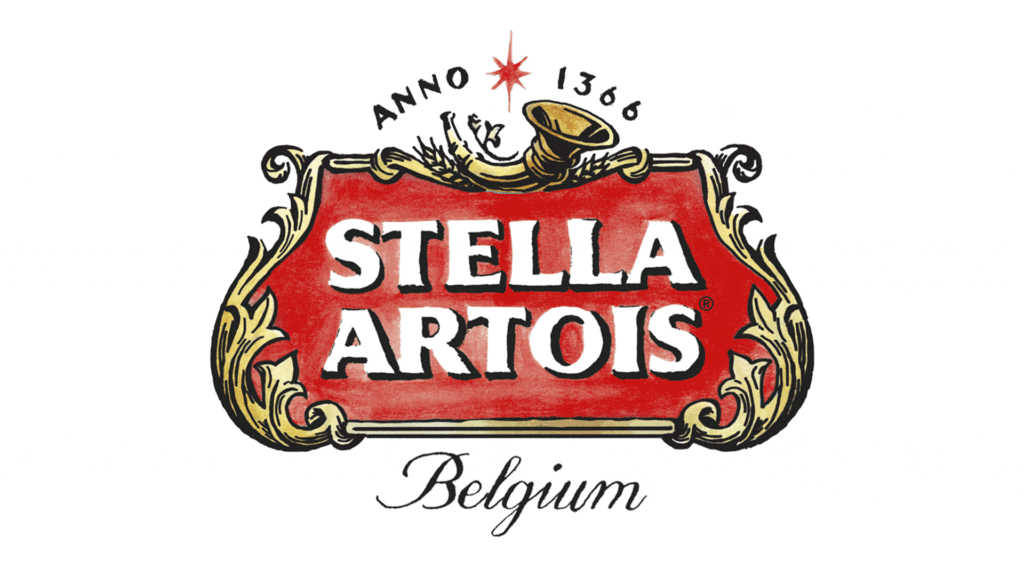
A great way to improve your branding is by making engaging visuals to attract your target market. Like Stella Artois, they brand their products as refreshing and appealing. This beer manufacturer has been around longer than the Guinness. With their long history and a well-preserved recipe for making beer, they have built an effective branding that connects with their customers. Trusting companies with excellent customer relationships such as Stella Artois has proven to have survived through time.
Coca-Cola
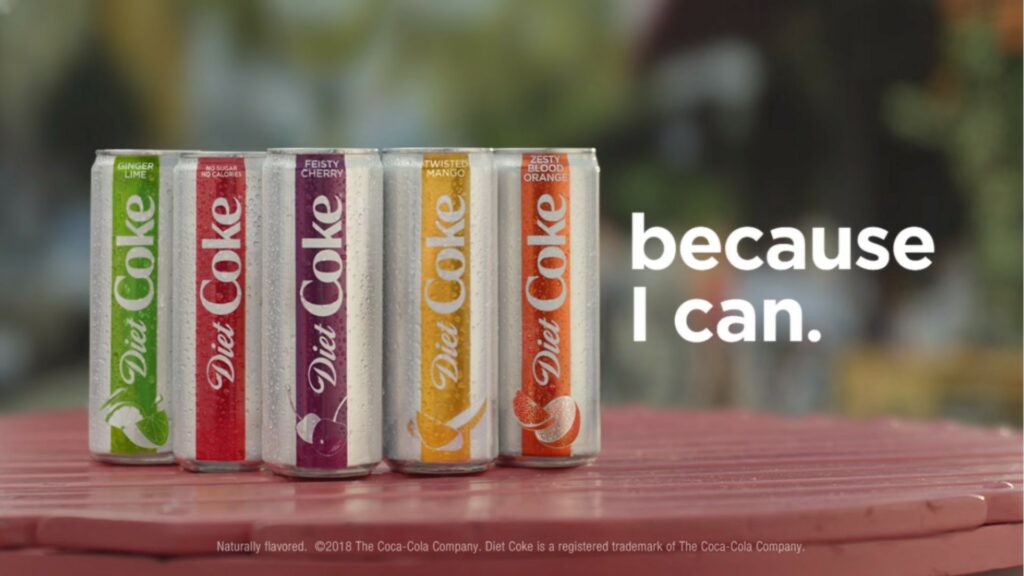
Coca-Cola is one of the many successful companies that have improved and innovated their products over the years. One innovation of this company is creating different lines of products to allow their customers more choices. Using a variety of gimmicks to keep their brand active without losing sight of their identity has proved their ability to progress through time. Seasonal looks have become a known tradition for Coca-Cola that maintains its loyal customers looking forward to the holidays.
Interested in more tips and tricks to fundamental branding? Follow the Template Monkey blog for more exclusive write-ups.

